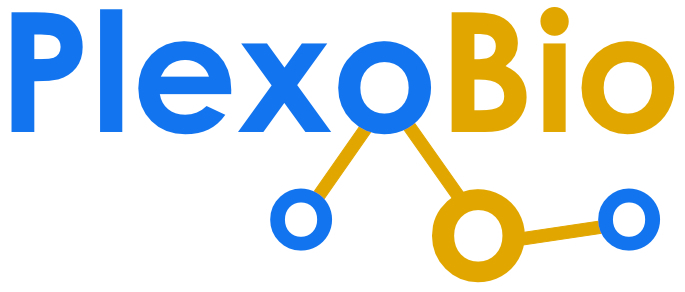Your cart is currently empty!
The pharmaceutical industry is undergoing a transformative shift, driven by the need for more accurate, efficient, and ethical preclinical research methods. Traditional animal models have long been the cornerstone of drug development, but their limitations—such as poor predictability of human outcomes and ethical concerns—are prompting a search for innovative alternatives. Human-relevant models like organ-on-a-chip systems, 3D cell cultures, and computational simulations are emerging as game-changers. These technologies not only enhance the reliability of preclinical testing but also align with global efforts to reduce animal use in research. In this blog, we’ll explore the reasons behind this paradigm shift and how these advancements are reshaping the future of drug discovery.
Progress is impossible without change, and those who cannot change their minds cannot change anything.
The Case for Human-Relevant Models
Traditional preclinical models, particularly animal studies, have significant drawbacks. While they provide valuable insights into biological processes, their ability to predict human responses is limited due to interspecies differences in genetics, physiology, and disease progression. For example, approximately 60% of Phase I and II clinical trials fail due to lack of efficacy or unexpected toxicity—issues that often stem from discrepancies between animal and human biology.
Human-relevant alternatives aim to address these challenges by mimicking human physiology more accurately. Technologies like organ-on-a-chip systems replicate the microenvironment of human tissues, allowing researchers to study drug effects in a controlled yet realistic setting. For instance, liver-on-a-chip models have demonstrated superior accuracy in predicting drug-induced liver injury compared to animal models. Similarly, 3D cell cultures provide a three-dimensional structure that closely resembles human tissues, enabling better modeling of diseases like cancer.
These advancements also pave the way for personalized medicine. By using patient-derived cells in these systems, researchers can tailor drug testing to individual genetic profiles, improving treatment outcomes while reducing trial-and-error approaches.
Ethical and Economic Imperatives
The shift toward human-relevant models is not just about scientific accuracy—it’s also driven by ethical and economic considerations. The “3Rs” principle (Replace, Reduce, Refine) underpins global efforts to minimize animal testing. Innovative methods like computational simulations and multi-organ chips are helping researchers adhere to these principles while obtaining more reliable data.
From an economic perspective, these technologies can significantly reduce the costs associated with drug development. By improving the predictability of preclinical tests, they lower the likelihood of late-stage failures in clinical trials—a major financial burden for pharmaceutical companies. Moreover, regulatory bodies are increasingly recognizing the value of these models. For example, biomarkers validated through translational science approaches are gaining acceptance as reliable tools for safety assessments.


Challenges and Future Directions
Despite their promise, human-relevant models face hurdles such as high initial costs, technical complexity, and the need for regulatory standardization. For instance, organ-on-a-chip systems require specialized expertise to design and operate effectively. Additionally, scaling these technologies to represent diverse human populations remains a challenge.
However, ongoing innovations are addressing these issues. Digital twin technology and artificial intelligence are being integrated with experimental platforms to enhance predictive accuracy and scalability. Collaborative efforts among academia, industry, and regulatory agencies are also accelerating the adoption of these methods.
Wrapping Up with Key Insights
The pharmaceutical industry’s shift toward human-relevant alternatives marks a significant step forward in preclinical research. By combining scientific innovation with ethical responsibility, these technologies promise to deliver safer drugs faster and at lower costs. As we continue to refine these methods and overcome existing challenges, the potential for revolutionizing drug discovery becomes increasingly tangible.
This transition is not just about replacing outdated practices—it’s about reimagining what’s possible in biomedical research. With every breakthrough in human-relevant modeling, we move closer to a future where science serves humanity more effectively and compassionately.


Leave a Reply